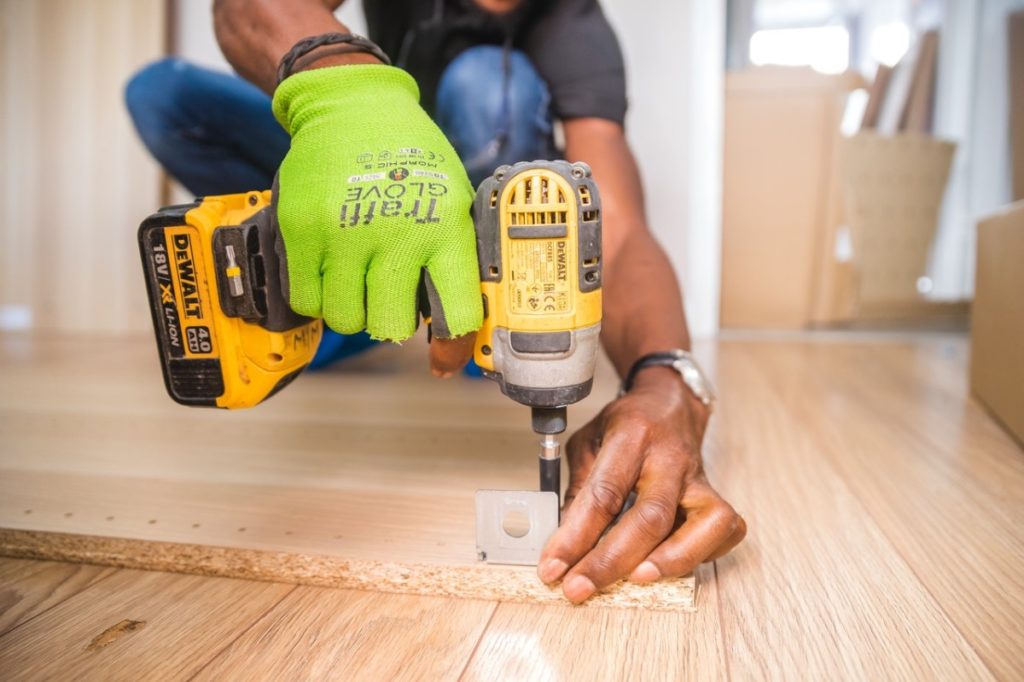The topic of homeownership is one that naturally arrives when people reach a certain point during adulthood. But while it’s a prevalent topic that can easily monopolize a family dinner or a friendly night out, homeownership can also be very elusive because of the current housing market.
Many people who dream of owning a house often start saving at a young age to afford the expensive down payments and work their whole lives to pay off their mortgages. But even then, it could be difficult to afford a house that comes close to the kind that they have been dreaming about for so long.
There’s also the option to hire contractors to build their dream house down to the last nook and cranny, but it would come at the cost of their entire life savings. That’s why many homeowners usually resort to home renovations afterward because they were forced to compromise on their dream house due to monetary constraints.
But most people are unaware that they have a third option: building their house themselves. Instead of hiring a general contractor to oversee the construction, they can lead the build. It would be time-consuming and exhausting, but it’s a more budget-friendly approach to homeownership.
Of course, this doesn’t mean that you can’t hire subcontractors to work with you, but choosing to DIY allows you to be present every step of the way. Plus, it can be more rewarding to live in a home that you built with your own hands. Here are four steps to DIY your dream home:
Step 1: Take Care of the Groundwork
This first step is vital, especially if you have no background in construction, but this can be a valuable part of the process even if you do. Taking care of the groundwork means that you will make yourself knowledgeable about everything there is to learn in building houses.
It can be beneficial during your research process if you start looking at potential lots to build your house on. This will give you enough time to canvas for available lots, test the soil on the land you’ve bought, and brainstorming your options for the house’s design.
Putting in the work will pay off because you will know which areas you lack in. This makes it easier to find the right help you need to pull off this project. While there are plenty of DIY tutorials online that you can refer to, it will be impossible to do everything on your own.
Step 2: Hire the Right Help
The next step in this building project is to get the necessary people who can help bring your dream to fruition. It can be tempting to try to do all the work yourself, but doing so can be hazardous to your present and future safety. When in doubt, seek out experts in their corresponding fields.
For instance, if you already have a specific interior and exterior design in mind but you don’t have a background in architecture or civil engineering, then it might be best to consult your plans with them. Making this effort to reach out to experts can assure you that your home will be up to code regarding the foundational structure, electrical wiring, or the necessary pipework.
This is also the perfect time to look into subcontractors that you can hire for specific parts of the project, such as plumbers, electricians, or other niches. Doing so will allow you to take care of the critical aspects while still leaving the bulk of the work to yourself.

Step 3: Find the Best Suppliers
The third step in this project is to find the best raw material suppliers in the market. If you hired a general contractor, they could easily get the materials from the suppliers they have worked with in the past. But because you are your own contractor, you’ll have more freedom to explore your options.
When choosing your suppliers, it’s important to note that the price tag isn’t definitive of the material’s quality. This means that you can contact different suppliers to compare their materials and corresponding prices so you can weigh the pros and cons. After that, you can make your decision.
A good example of this is when you’re getting ready to pick out the materials for your roof. It can be difficult to find a supplier that sells durable, eco-friendly, and fire- and chemical-resistant PVC roofing membranes for cheap. So if you do find one, it will be best to get their contact details for future references.
Step 4: Set a Time Frame and Get to Work
For the final step in this project, you’ll need to set your time frame. You must remember that good things take time, and because you’re doing this project yourself, it might take even longer. But once you can enjoy the fruits of your labor, all your blood, sweat, and tears will be worth it.
Proper scheduling is essential because you don’t want to rush the building of your dream home. Planning out all your steps—from laying the foundation to adding the finishing touches—will allow you to create a feasible time frame without the unnecessary pressure to adhere to a deadline.
So if you were ever worried about not getting your dream house, this should be enough to give you hope that it’s not impossible. After all your hard work, you deserve to live in a house that will give you everything you’ve ever wanted and more.

